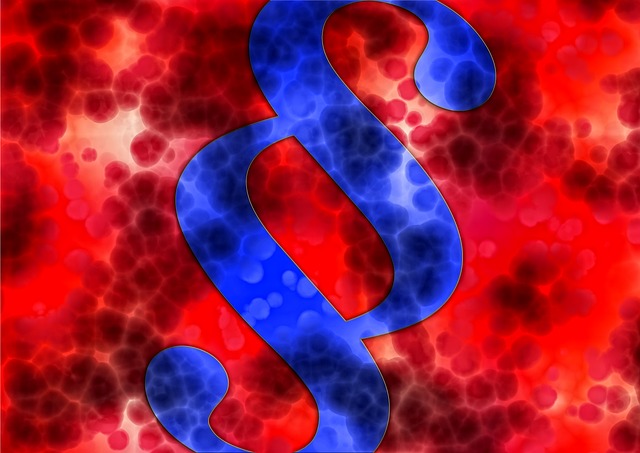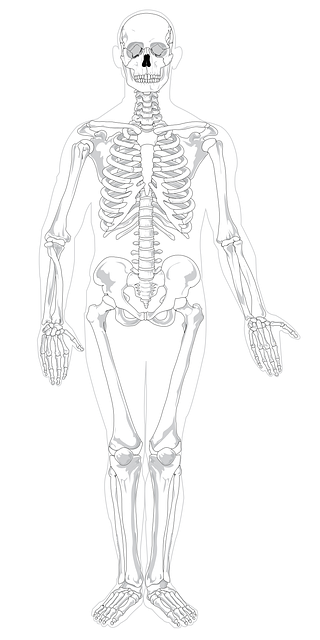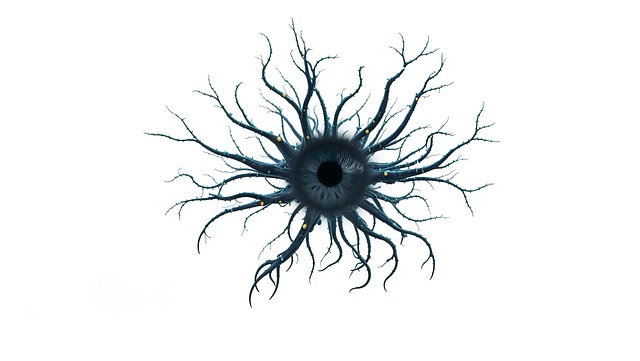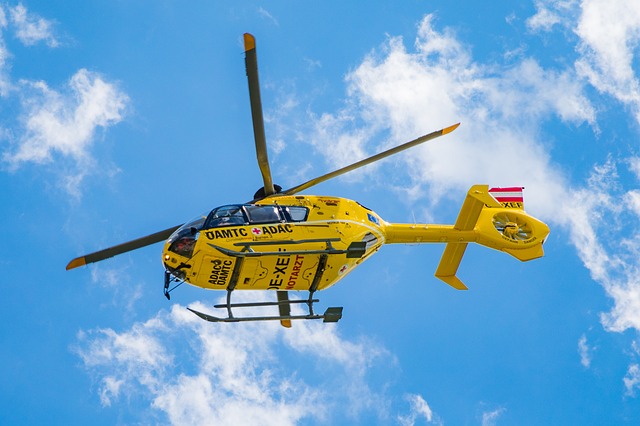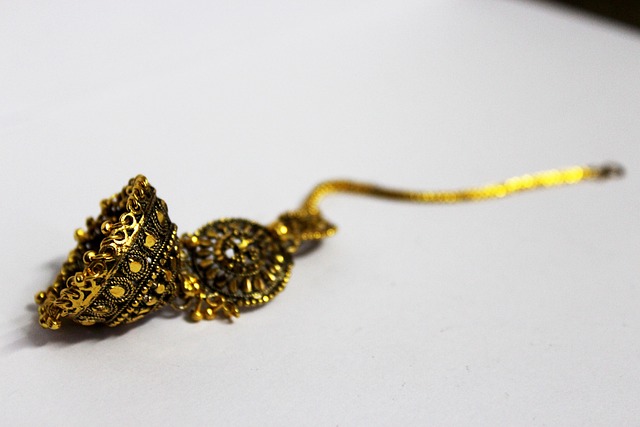Range of motion (ROM) therapies, including passive and active treatments, are essential for rehabilitation post-car crash injuries. Passive ROM helps address soft tissue injuries and joint stiffness, while active ROM exercises, like those in chiropractic care, strengthen muscles, improve stability, and enhance overall joint function, aiding in faster healing and long-term health recovery.
“Range of Motion (ROM) therapy is a dual-approach treatment method, offering both passive and active techniques with distinct benefits. This article explores these contrasting yet complementary approaches in detail. We delve into how passive ROM therapy aids in post-crash injury recovery, focusing on its role in alleviating pain and improving flexibility. Conversely, active ROM therapy, a cornerstone of chiropractic care, empowers patients to actively participate in their healing process. By understanding these treatments, individuals can make informed decisions regarding their post-car crash injuries.”
- Understanding Passive and Active ROM Treatments
- Passive ROM Therapy for Post-Crash Injuries
- Active ROM Therapy in Chiropractic Care
Understanding Passive and Active ROM Treatments

Passive and active ROM treatments are essential components of rehabilitation for individuals recovering from car crash injuries. These therapies focus on improving the range of motion (ROM) in affected joints, which is crucial for restoring mobility and reducing pain. In passive ROM therapy, a healthcare professional applies controlled movements to the patient’s joint, allowing it to achieve a full range of motion without any effort on the part of the patient. This technique is particularly beneficial post-car accidents, where soft tissue injuries and joint stiffness are common.
Active ROM, on the other hand, involves the patient actively moving their own joints through a range of motions. Chiropractic care often incorporates active ROM exercises to strengthen muscles around the affected area, improve stability, and enhance overall joint function. This proactive approach empowers patients to take control of their recovery process, fostering faster healing and long-term health.
Passive ROM Therapy for Post-Crash Injuries

Passive Range of Motion (ROM) Therapy is a valuable approach for individuals suffering from post-crash injuries, particularly those experienced after a car accident. This type of therapy focuses on gentle, controlled movements to improve joint flexibility and range of motion without requiring active participation from the patient. It’s a non-weight-bearing treatment option that chiropractic professionals often recommend for patients with soft tissue injuries or reduced mobility due to whiplash or other vehicular trauma.
By utilizing specific techniques, a chiropractor can manipulate and stretch affected joints, muscles, and ligaments, helping to restore normal function and reduce pain. This passive therapy is particularly beneficial during the acute stages of healing when an injured person might be limited in their ability to perform active exercises. It’s a safe and effective way to enhance recovery without putting excessive strain on the body.
Active ROM Therapy in Chiropractic Care

Active ROM therapy plays a significant role in chiropractic care, especially when addressing issues stemming from car crash injuries. After such incidents, patients often experience reduced range of motion (ROM) in various joints due to muscle spasms, ligament strains, and soft tissue damage. Chiropractic professionals employ active ROM exercises as a proactive treatment method. These exercises encourage patients to actively move their affected joints through their full range, promoting healing and restoring function.
Unlike passive ROM therapies where a chiropractor applies the movement, active exercises empower patients to take control of their recovery. This approach not only enhances flexibility and mobility but also strengthens surrounding muscles, making them more resilient to future injuries. For individuals suffering from limited ROM after a car crash, incorporating active ROM therapy into their chiropractic treatment plan can be transformative, helping them regain mobility and restore their quality of life.
Range of motion (ROM) therapy plays a significant role in both passive and active rehabilitation, offering effective treatments for post-crash injuries. Passive ROM therapy focuses on joint movement without muscular effort, aiding in pain reduction and improving flexibility for patients recovering from car crash-related ailments. Active ROM, on the other hand, empowers individuals to actively participate in their healing process through specific exercises, enhancing strength and mobility in the affected areas, especially in the context of chiropractic care. By integrating these therapeutic approaches, healthcare professionals can tailor treatments to individual needs, ensuring optimal recovery outcomes for patients suffering from range-of-motion restrictions after car accidents.
